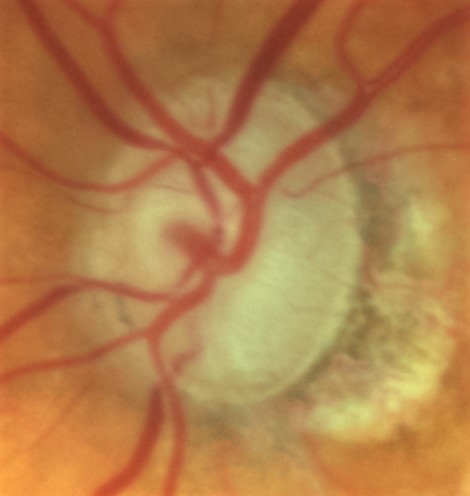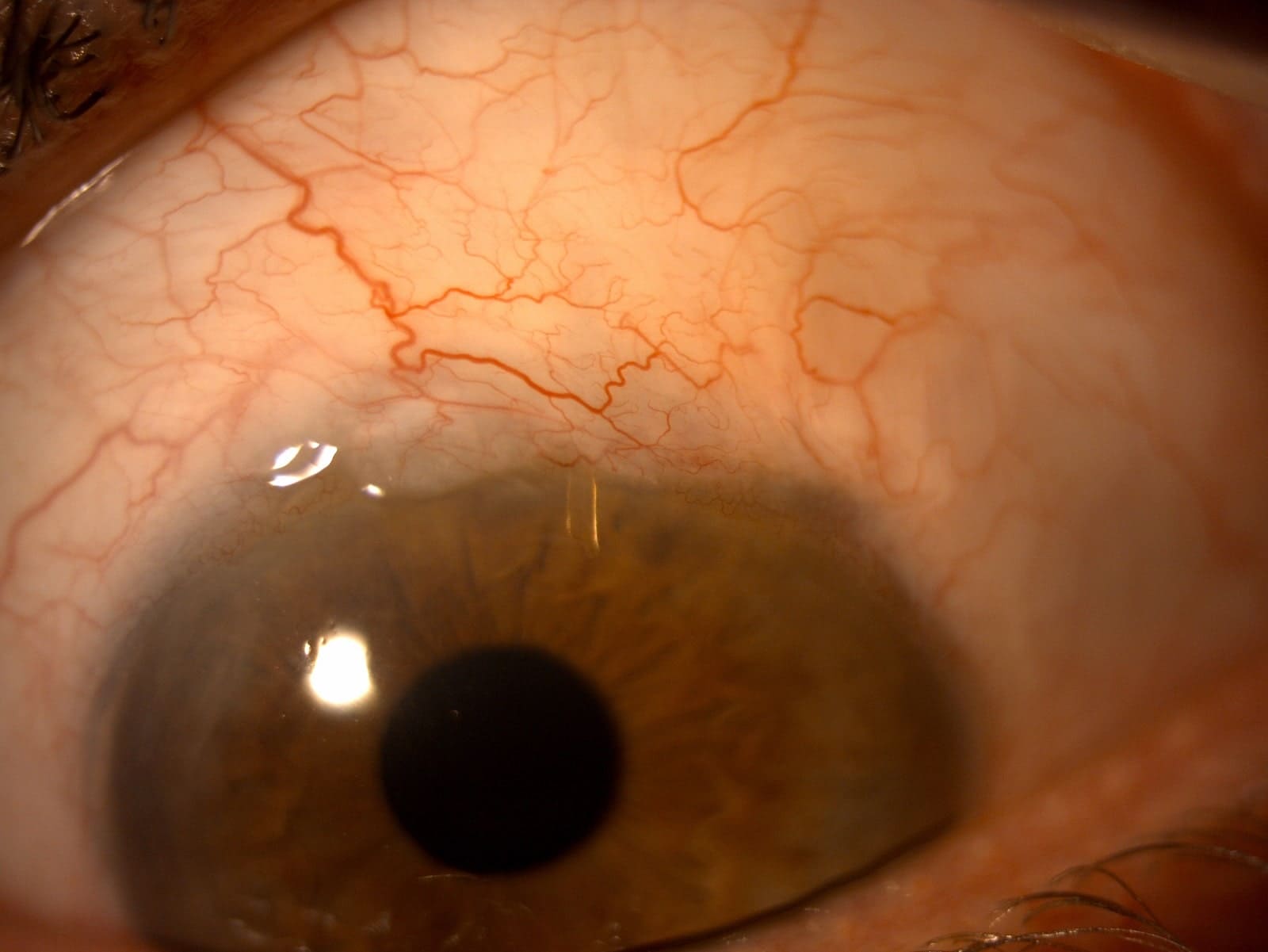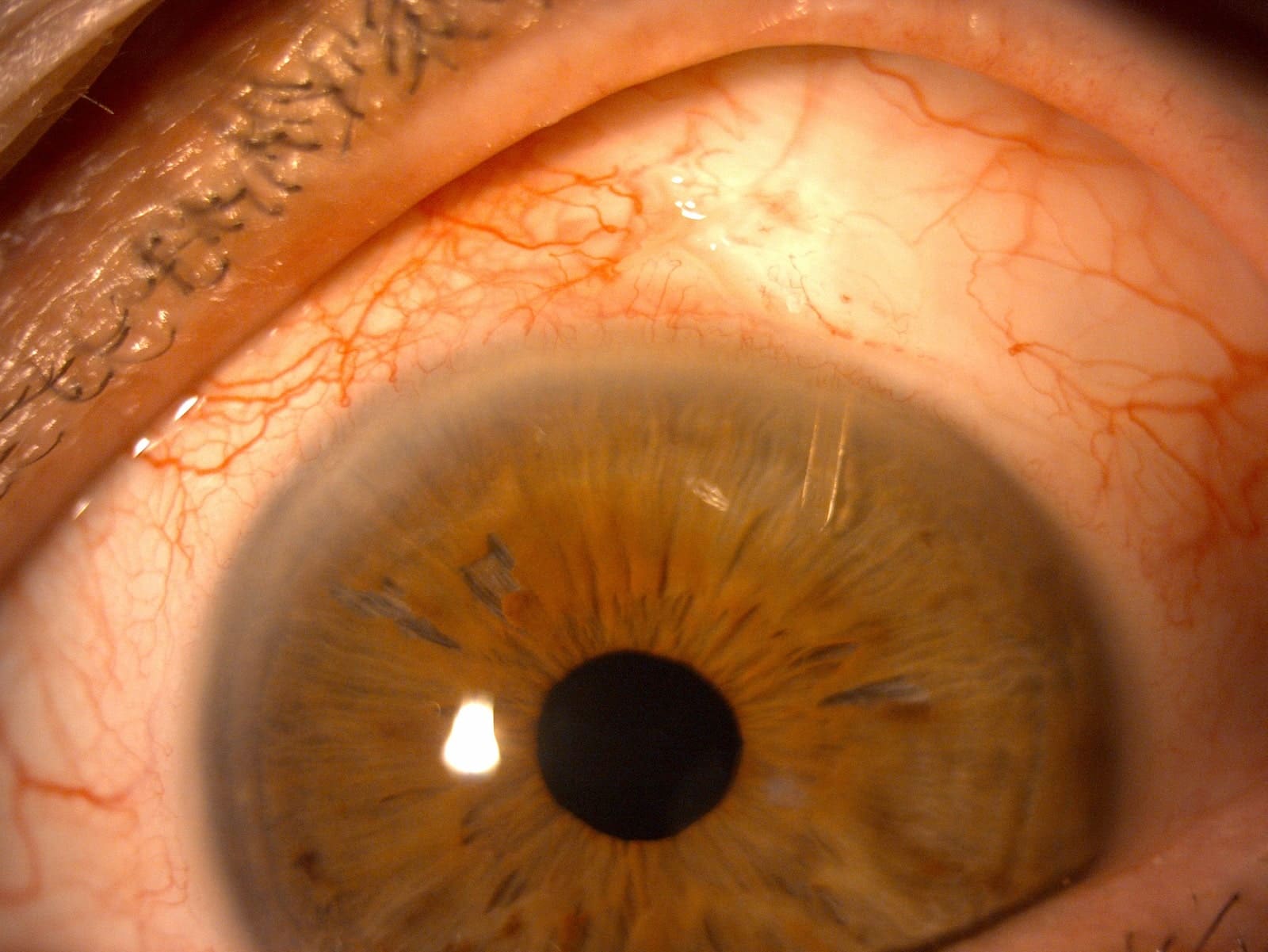Glaucoma / Glaucoma treatments
What does glaucoma treatment involve?
The objective of the treatment is to prevent visual deterioration throughout the patient’s life and loss of ganglion cells. The only proven method to achieve this is reducing intraocular pressure (IOP). For every millimetre of mercury lowered in eye pressure, the risk of progression is reduced by 10%.
The glaucoma specialist will determine a target pressure which, when reached, will ensure that the disease is unlikely to progress. In general, the more advanced the nerve damage or the faster it has developed, the lower the target pressure will be.
Eye drops and other medication for treating glaucoma
In most cases the specialist will start the patient on a course of medication, explaining to them how important it is that they follow it. It is estimated that over 25% of patients do not use the eye drops, so they will be examined to ensure that the target pressure has been reached.
If it has not been reached, the patient may be prescribed further medication, or if it is not possible to adjust the IOP, surgical treatment may be considered. In some cases, the glaucoma specialist may propose laser treatment (laser trabeculoplasty) as an initial treatment, as this proven to be particularly effective in patients who have not already been treated with eye drops.
Glaucoma specialists may also advise neuroprotection treatment, such as the consumption of ginkgo biloba, citicoline or coenzyme Q10. The fifth edition of the European Glaucoma Society (EGS) Guidelines suggests that citicoline should only be taken orally.
Intravitreal injections
Glaucoma may also trigger ocular thrombosis, which affects the veins in the retina, leading to sudden and painless loss of central vision.
When the primary vein in the retina is affected, the patient will lose vision in the entirety of their visual field. When a venous branch of the retina is affected, the patient will just lose vision in one section of their visual field.
Vision loss caused by retinal vein thrombosis can be resolved with appropriate treatment, injecting medication directly into the eye that will completely eliminate the liquid (edema) that has accumulated due to the vascular problem.
In fact, the issue may be resolved to such a point that 80-100% of vision is recovered with the correct treatment. It may occasionally be necessary to use laser treatment on areas of the retina with abnormal blood circulation caused by the thrombosis.
In cases where topical treatment (and possibly laser treatment) are unable to control progression of the disease, surgical treatment is advised.
Glaucoma surgery
This involves creating a fistula that connects the inside of the eyeball with the subconjunctival space, thus relieving intraocular pressure by draining the aqueous humour out of the eyeball.
Surgery of this kind may be performed under topical and/or sub-tenon anaesthesia, but most commonly anaesthetic is injected behind the eyeball (a peribulbar block) to anaesthetise both the eyeball and its muscles. Surgery begins by detaching the conjunctiva from the eyeball, then, after ensuring good haemostasis, a small lamella is cut out of the sclera to reach the trabeculae. Once this has been done, different techniques may be used according to the level of filtration that the surgeon intends to achieve.

Non-penetrating deep sclerectomy (NPDS)
+ See more
Trabeculectomy
+ See more
Long-tube drainage devices
+ See more
Sclero trabeculectomy with or without express valve implantation
+ See more
Antifibrotics (mitomycin-C / 5-fluorouracil)
+ See more
Minimally invasive glaucoma surgery (MIGS)
+ See more
Despite these advantages, it is true that the results in terms of lowering intraocular pressure are still not sufficient in very severe or advanced cases of glaucoma, so this treatment is only advised for mild or moderate glaucoma.
Postoperative care after glaucoma surgery
Anti-inflammatory and antibiotic eye drops are applied during the postoperative period, and during the days following the surgery, the patient should visit the ophthalmologist so they can examine them to ensure effective filtration.
Postoperative care is different for each patient, so management and treatment should be personalised.
It is possible for the fistula to close, even years after the surgery. As such, intraocular pressure should continue to be managed afterwards, even if the glaucoma surgery was a complete success. The ophthalmologist shall monitor and assess the condition of the fistula and the scarring in each patient.
New advances in glaucoma surgery
Over the past 5 years we have seen numerous significant developments in the field of glaucoma surgery. At OFTALVIST we use all the cutting-edge surgical techniques for conventional filtration surgery, valve devices and MIGS. We have extensive experience with all of them and apply all the appropriate protocols and indications according to each patient and disorder being treated.

Preserflo

Leaking bleb and tube in anterior chamber after preserflo implant
Glaucoma prevention
It has not been shown that natural remedies can slow down the progression of glaucoma, but the specialist may recommend that their patients develop certain healthy habits, such as the following:
• A diet rich in fruit and vegetables, and also reduced consumption of foods with a high sugar content.
• Physical exercise.
• Avoiding activities involving excessive effort.
• Avoiding prolonged exposure to the sun and always wearing glasses that protect against UV rays.
• Moderating consumption of alcohol and caffeine.
Remember that the best way to prevent glaucoma is to get your eyes checked every year, to diagnose the disease early and thus ensure that your eyes stay healthy.



